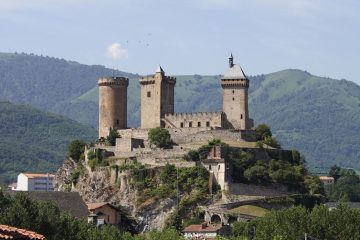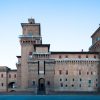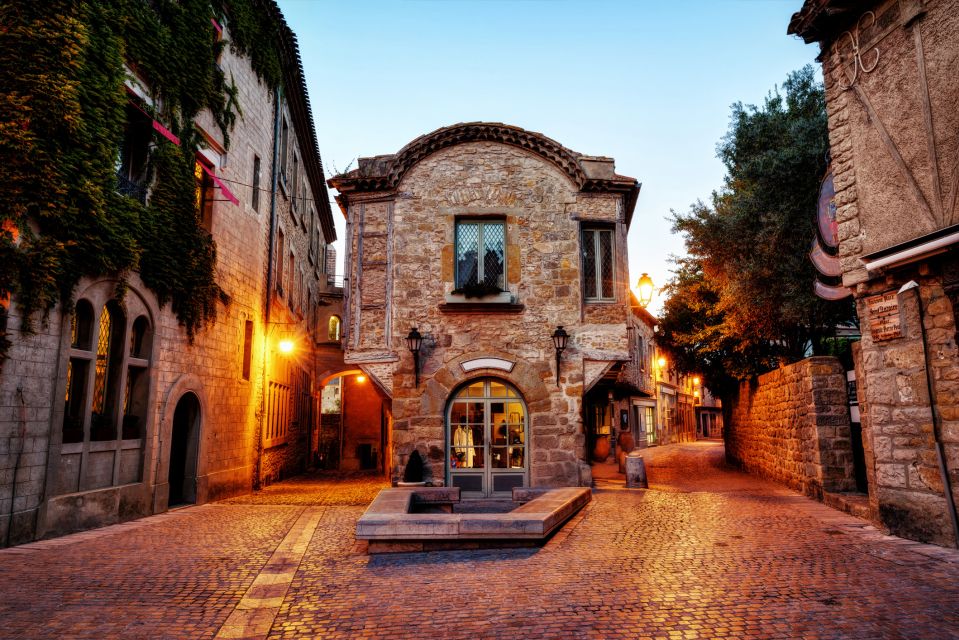
The medieval city of Carcassonne
The medieval city of Carcassonne stands as one of the most remarkable examples of medieval fortifications in Europe. Situated in the Aude department of southern France, Carcassonne offers an unparalleled glimpse into the past, with its well-preserved ramparts, towers, and cobbled streets. This UNESCO World Heritage Site is an essential destination for those fascinated by medieval history and architecture.
Can’t wait to visit Carcassonne? Book your Carcassonne tour online.
A brief history of Carcassonne
The origins of the medieval city of Carcassonne can be traced back to the Roman period. Initially, a fortified settlement was established by the Romans around 100 BC, known as Carcaso. Over the centuries, this settlement evolved and expanded, particularly during the medieval period when Carcassonne became a critical stronghold in the region.
In the 5th century, Carcassonne fell under the control of the Visigoths, who fortified the town further. The city’s fortifications were significantly enhanced during the 12th century under the Trencavel family, who were viscounts of Carcassonne. It was during this time that the city became a center of the Cathar heresy, a religious movement deemed heretical by the Catholic Church.
The Albigensian Crusade in the early 13th century, led by the Catholic Church to eliminate the Cathar heresy, brought significant changes to Carcassonne. The city was besieged in 1209 and eventually surrendered to the Crusaders. Subsequently, Carcassonne was incorporated into the French royal domain, and its defenses were further strengthened under King Louis IX and his successor, Philip the Bold.
The medieval city of Carcassonne: Architectural marvels
The medieval city of Carcassonne boasts impressive architectural features that experts have meticulously preserved and restored. A double ring of ramparts, spanning nearly 3 kilometers and punctuated by 52 towers, encircles the city. These fortifications exemplify the military architecture of the medieval period and offer a fascinating insight into the defensive strategies employed during that era.
One of the most striking structures within Carcassonne is the Basilica of Saints Nazarius and Celsus. This Gothic-Romanesque church has stunning stained glass windows and intricate stone carvings. It is a testament to the architectural prowess of the medieval builders. The basilica was originally constructed in the 11th century. It was expanded and embellished in the 13th and 14th centuries, reflecting the evolving architectural styles of the period.
Another notable feature of Carcassonne is the Château Comtal, a fortress within the city’s walls that served as the residence of the viscounts of Carcassonne. The château, with its robust walls and strategic location, played a crucial role in the city’s defense. Visitors to the château can explore its various rooms, towers, and the surrounding ramparts. They gain a deeper understanding of the medieval way of life.
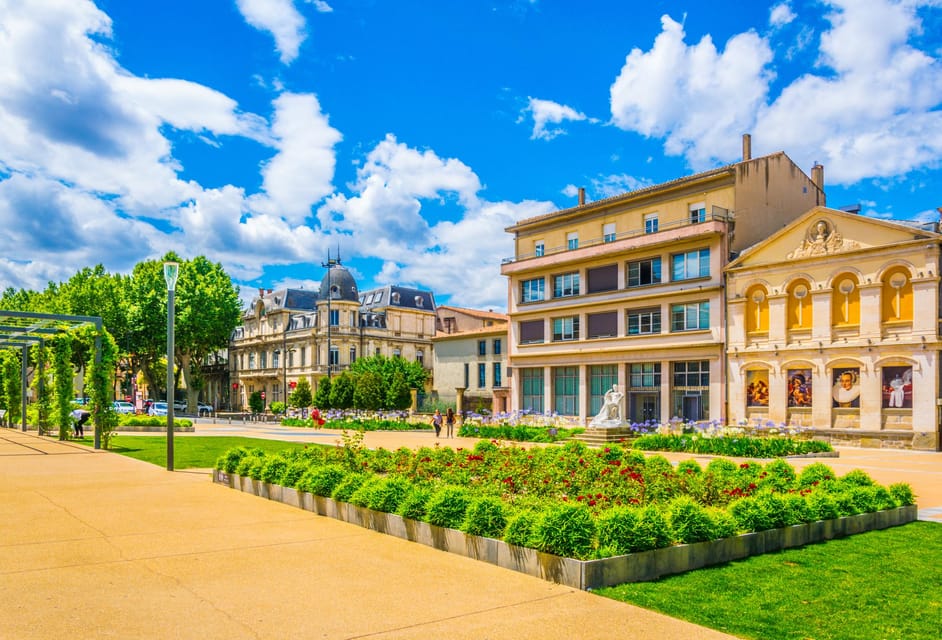
Restoration of carcassonne and its castle
The medieval city of Carcassonne underwent significant restoration in the 19th century, spearheaded by the renowned architect Eugène Viollet-le-Duc. By the early 19th century, the city and its castle had fallen into a state of disrepair, with many of its structures deteriorating. Viollet-le-Duc’s restoration efforts aimed to preserve the historical integrity of Carcassonne while also making it accessible to visitors.
Viollet-le-Duc’s work on the Château Comtal, in particular, was notable for his meticulous attention to detail. His restoration approach often involved reconstructing elements based on his interpretations of medieval architecture. Despite some controversies surrounding his methods, people widely recognize his contributions to preserving Carcassonne and its castle. His work remains integral to the city’s current appearance.
Visiting the medieval city of Carcassonne
A visit to the medieval city of Carcassonne offers a unique opportunity to immerse oneself in the history and atmosphere of a bygone era. The city’s narrow, winding streets, flanked by ancient stone buildings, evoke the feeling of stepping back in time. Guided tours are available, providing detailed insights into the city’s history, architecture, and the lives of its former inhabitants.
One of the highlights of any visit to Carcassonne is a walk along the ramparts. The panoramic views of the surrounding countryside and the city itself are breathtaking, and the experience offers a tangible connection to the medieval past. Additionally, numerous museums and exhibits within the city provide further context and information about Carcassonne’s rich heritage.
A visit to the Château Comtal is also highly recommended. Exploring the castle’s fortifications, halls, and courtyards allows visitors to understand the strategic importance of the structure and the daily lives of those who once inhabited it. The castle’s architectural features, including its robust towers and defensive walls, highlight the ingenuity of medieval military engineering.
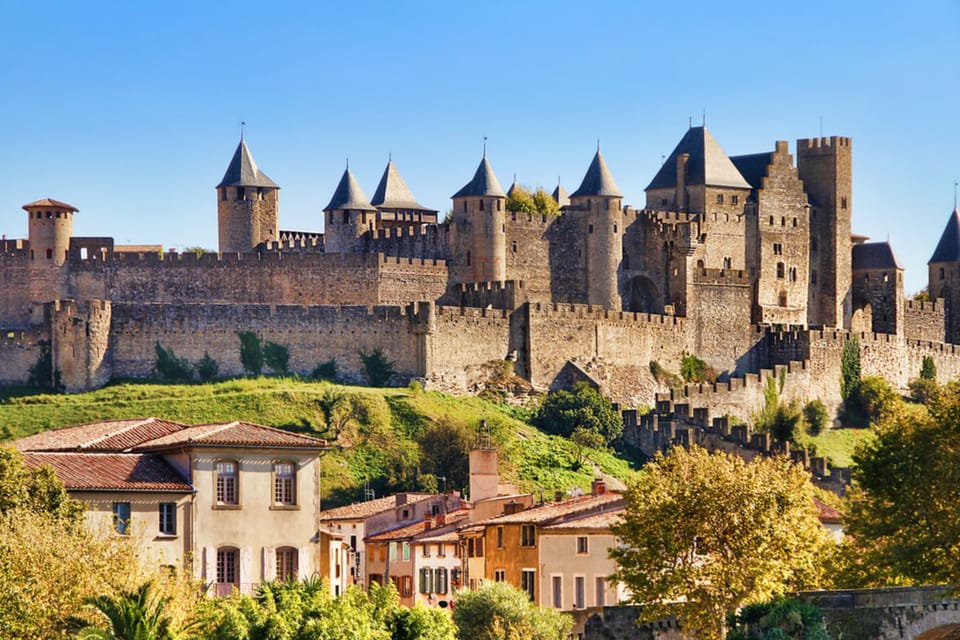
Carcassonne’s cultural significance
The medieval city of Carcassonne holds significant cultural importance, not only for France but also for the wider European context. Its preservation as a UNESCO World Heritage Site underscores the global recognition of its historical and architectural value. Carcassonne has also served as inspiration for various cultural works, including literature, films, and board games, further cementing its place in popular culture.
Events and festivals held within Carcassonne’s walls, such as the annual Festival de Carcassonne, celebrate the city’s vibrant cultural life. These events attract visitors from around the world, contributing to the ongoing appreciation and understanding of Carcassonne’s historical significance.
The enduring legacy of Carcassonne
The medieval city of Carcassonne is a living monument to the past. It offers a glimpse into the medieval era through its well-preserved architecture and rich history. For those passionate about history, architecture, and cultural heritage, Carcassonne is an invaluable destination. Exploring its streets, ramparts, and historical sites provides a profound appreciation for the ingenuity and resilience of its creators.
We encourage you to visit Carcassonne and experience firsthand the magic of this medieval treasure.



